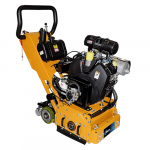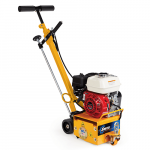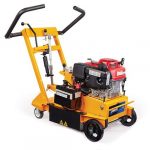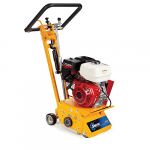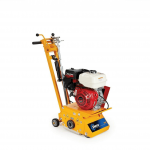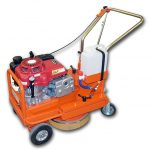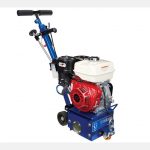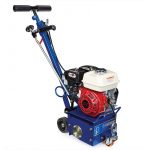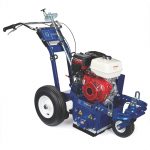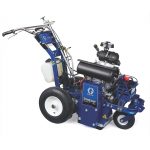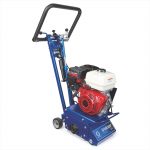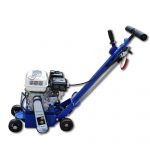When it comes to maintaining and repairing concrete and asphalt surfaces, one piece of equipment stands out: the pavement scarifier. This powerful machine is essential for preparing surfaces, removing coatings, leveling uneven areas, and more. In this comprehensive guide, we’ll explore the various types of scarifiers, their applications, and how to choose the best one for your needs.
Read more
What is a Concrete Scarifier?
A concrete scarifier, sometimes referred to as a surface planer, is a powerful machine used for removing the top layer of concrete or asphalt. It creates shallow grooves in the surface, which are ideal for surface preparation, removing coatings, and leveling uneven surfaces. With cutting depths of up to several inches, concrete scarifiers are an essential tool for professional contractors.
What is an Asphalt Scarifier?
Asphalt scarifiers are similar to concrete scarifiers, but they are specifically designed for asphalt surfaces. They use a pummeling action to remove the top layer of asphalt, making them ideal for milling machines and removing pavement markings.
Concrete Grinders vs Concrete Scarifiers
While both concrete grinders and concrete scarifiers are used for surface preparation, they have different applications and produce different results. Concrete grinders are typically used for smaller projects, indoor flooring, and achieving a polished finish. Concrete scarifiers, on the other hand, are used for large projects, such as removing coatings and leveling large areas. They are ideal for more precision and control, making them the preferred choice for many contractors.
Surface Preparation Applications
Concrete and asphalt scarifiers are versatile machines, perfect for various surface preparation applications, including:
Removing Coatings and Traffic Lines
Scarifiers are the go-to equipment for removing paint, epoxy, and other coatings from concrete and asphalt surfaces. With their unmatched results, they make quick work of removing traffic lines and pavement markings.
Smooth Uneven Surfaces
Scarifiers are ideal for smoothing high spots and uneven surfaces, making them perfect for sidewalk trip hazards and creating level spaces.
Sidewalk Trip Hazards
Uneven sidewalks can pose a risk for foot traffic. A concrete scarifier can help by leveling uneven surfaces and removing trip hazards, ensuring a safe walking environment.
Tips for Using a Scarifier
1. Always wear proper safety gear, such as goggles and hearing protection.
2. Follow the manufacturer’s instructions for operating and maintaining the machine.
3. Adjust the cutting depth according to the surface and job requirements.
4. Use a dust control system to minimize airborne dust and debris.
5. Perform regular maintenance checks to ensure optimal performance and prolong the life of the equipment.
Maintenance and Safety
Proper maintenance of your scarifier is essential for its longevity and performance. Regularly inspect and clean the machine, replace worn cutters, and lubricate moving parts as needed. Always follow the manufacturer’s guidelines for maintenance and safety procedures.
In addition to regular maintenance, it’s crucial to prioritize safety when operating a scarifier. Wear appropriate personal protective equipment (PPE), such as safety glasses, hearing protection, and gloves. Ensure the work area is clear of debris and bystanders, and maintain a safe distance from the machine while it’s in operation.
Premier Traffic Control Products for Sale
Showing all 12 results
Grinders & Scarifiers
Showing all 12 results




